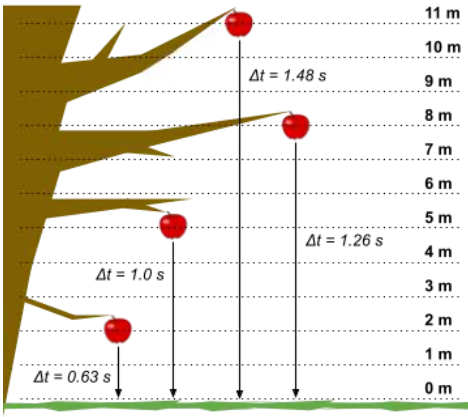Falling Objects 2
Abstract
The activity is intended for use in a high school physics class once the momentum concept, impulse-momentum theorem, and force equation for gravity (Fg = mg) are developed. Students benefit from having modeled impulse as the area on a Force vs Time graph. Prior to starting this activity, students should have some experience watching multiple objects fall to notice that objects that fall from greater heights are moving faster just before they hit the ground. This activity applies impulse and momentum concepts to the motion of falling objects to develop the concept of Work in a manner that is analogous to Impulse. As a result of this activity, students should identify that Word is the product of Force and displacement and can be represented as the area of a Force vs Position graph. Students use calculated “data” to determine the relationships between Work and changes in momentum to develop the concepts of “Kinetic Energy” and the Work-Kinetic Energy Theorem. Kinetic Energy is defined as p2/2m. Students will also develop their ability to interpret diagrammatic and graphical models and to identify equations.
Level: High School
Setting: Classroom
Activity Type: Learning Cycle
Discipline: Physics
Course: Physics (algebra-based)
Keywords: impulse, momentum, force, acceleration, gravity, falling

Downloads
Published
How to Cite
Issue
Section
License
Copyright of this work and the permissions granted to users of the PAC are defined in the PAC Activity User License.

